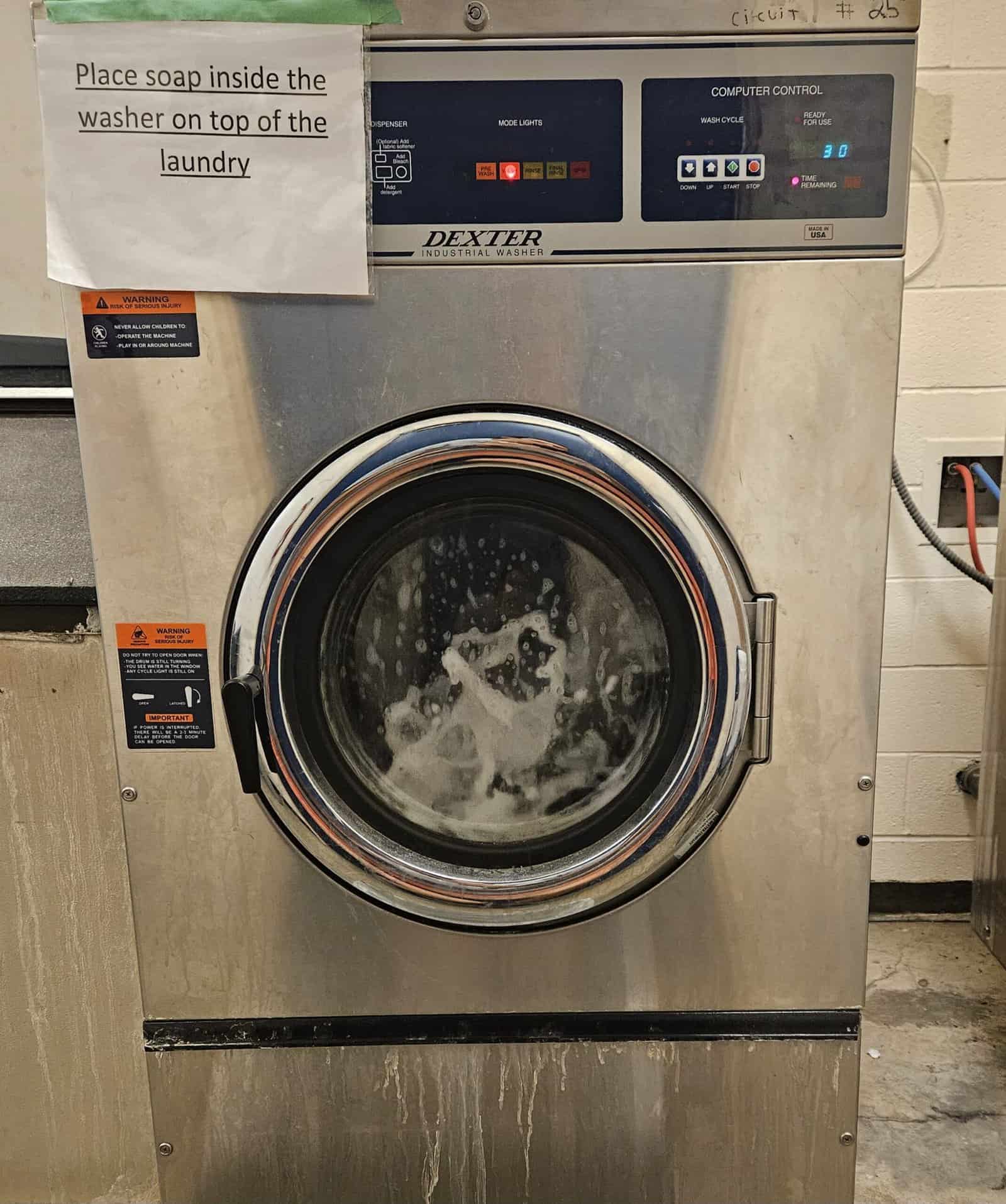
Every Day Begins with Laundry
Habits and attitudes. At its core, this is what teaching comes down to. Do you know how to break them? Do you know how to build them? How do you feel about the things you do every day? Are they filled with burden or promise? Why do you do them? Who or what asks that they be done? The answers to these questions reveal whether the profession is helpful or harmful to you, but more importantly, whether you are helpful or harmful to the students.
It’s not about you.
IT’S NOT ABOUT YOU.
What if we asked this same group of questions to the kids? Would they feel safe enough to answer honestly without some form of retaliation? They are told what to do everyday, in dozens of different ways. The expectations vary from place to place and person to person. They are excellent at morphing and masking. How can we encourage them to be who they are and offer this authentic self as a contributor to the group?
The following is an example of how habits and attitudes can seep into class culture and only reward those who are compliant.
At our school, dressing down (changing from your school clothes into athletic or movement enhancing clothes) is a requirement that affects your grade. We made a rule and set an expectation. This is important. Because of its importance, we had to create a back up plan for kids who forgot or didn’t have/bring their own clothes. We accumulated a ‘loaner stockpile’, mostly made up of items that were left behind from previous students over previous semesters. The process as intended to work like this — they give us their ID, get their clothes for the period, return their clothes at the end of the period, and then we give them their ID back. While simple in theory, the execution and implementation varied tremendously.
Locker room #1 wanted every-day borrowers to bring their own clothes. They were upset that kids took advantage of the borrowing system, so they wanted to deter them. They left worn clothes on the floor, and stopped washing them. Students found ways to not give borrowed clothes back. The once-in-a-while borrowers then, who the system was designed for, had nothing to use. This REALLY upset the teachers. They blamed the usual suspects, no longer let them borrow clothes, which justified removing them from participation and tanking their grade.
Locker room #2 also wished that every day borrowers would bring their own clothes. But they recognized that a rule was made and that kids were simply trying to abide by it. To become less of a gatekeeper, they made a makeshift shelving system and separated clothes into type and size. Clothes were washed and dried every morning, then folded up and placed into their appropriate bins. The students that utilized the system placed their IDs in the designated space, grabbed their items of choice (often looking for their ‘favorites’), returned them to the dirty bin, and picked up their IDs on their way out. The system became automated, because there was mutual care in keeping it going.
Help make the system work, or help make the system fail.
We don’t have to break the system to make it better. We can do the little things, on a daily basis, to maximize the experience of everyone within it.



